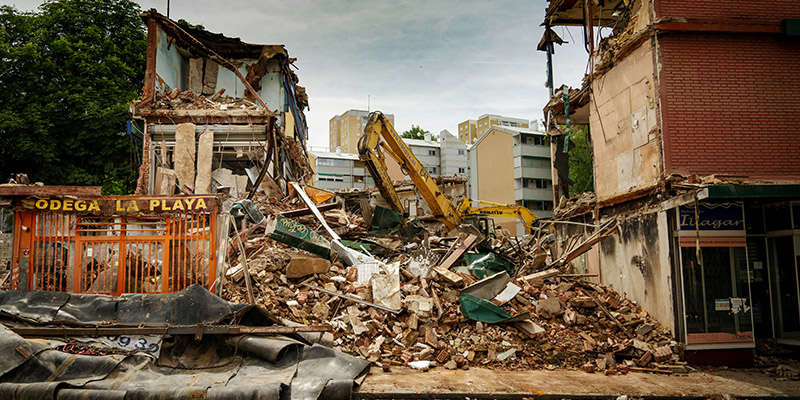Are container homes safe in earthquakes?
Apr 02, 2025
Are Container Homes Safe in Earthquakes?Let’s Break It Down
If you’re thinking about living in a container house—especially in earthquake-prone areas like Japan, New Zealand, or California—you’re probably wondering: Can this metal box actually survive a quake? Let’s cut through the jargon and talk straight about safety, risks, and what you need to know.
1. Steel Is Naturally Earthquake-Resistant
Container houses are made of galvanized steel, which is flexible and corrosion-resistant. When an earthquake strikes, traditional brick or concrete houses may crack or collapse, but steel bends like a spring, absorbing the impact without breaking.
Many earthquake-resistant skyscrapers use steel frames, and container houses are essentially miniature steel structures. With proper engineering design, they can outperform traditional houses in earthquakes.
2. The Catch: Modifications and Anchoring
Containers are tough, but turning them into homes requires smart design. Mess this up, and you’ll weaken the structure:
Cutting Too Many Openings: Slice oversized windows or doors into the sides, and you’ll lose critical support.
Stacking Without Reinforcement: A two-story container house needs steel beams or columns to hold the weight. Skip this, and it might collapse like a house of cards.
Skipping the Foundation: Plopping a container directly on dirt? Bad idea. Use concrete footings or piers (like Hong Kong’s prefab systems) to bolt or weld it securely.
3. Smart Design = Super Strong
A well-built container home can handle earthquakes better than traditional homes if you nail three things:
Reinforcement: Add X-braces, L-shaped layouts (think L-shape container house), or U-shaped designs to spread seismic forces.
Secure Connections: Weld or bolt containers together with heavy-duty steel brackets—no DIY shortcuts.
Lightweight Build: Containers are lighter than brick walls, reducing the force earthquakes exert on them.
Japan’s capsule houses and modular homes are proof—some survive magnitude 7 quakes!
4. Red Flags to Avoid
Old, Rusty Containers: Damaged or corroded used containers lose strength. Always refurbish them properly.
DIY Overkill: Removing internal beams or adding heavy brick walls? Mixing steel with masonry can create weak points.
Ignoring Local Codes: Different regions have different earthquake resistance standards (e.g., Canada’s granny pods vs. Malaysia’s cabin offices). Hire pros who know your area’s standards.
5. Summary: Be safe, but don’t mess around with it yourself
Container homes can be earthquake-safe, but only with professional engineering and quality construction. Here’s the checklist:
Use new or fully refurbished containers.
Hire a structural engineer for reinforcement plans.
Anchor it to a solid foundation (concrete or steel piles).
Keep interiors light (e.g., drywall partitions, not brick!).
Final tip: It’s okay to save money, but never cut corners on structural safety. Beware of suspiciously cheap prefab houses price lists or “temporary housing” deals—they’re often disaster traps. When in doubt, consult an expert!
Read More
